Beyond the Basics: Advanced Tips for the Proper Use of PPE in High-Risk Environments
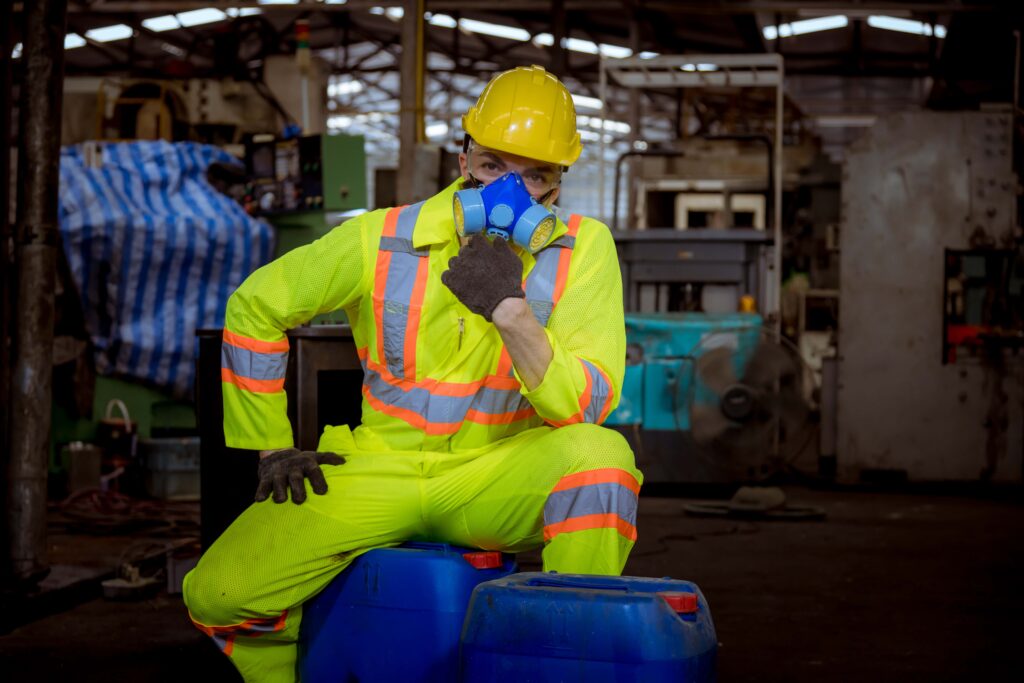
Beyond the Basics: Advanced Tips for the Proper Use of PPE in High-Risk Environments In the high-stakes world of high-risk workplaces, safety is paramount. A busy construction site, chaos of a chemical plant, or the intense atmosphere of a frontline healthcare facility. These environments demand more than just basic safety measures; they require advanced strategies […]
From Head to Toe: A Comprehensive Guide to Full-Body Protection with PPE
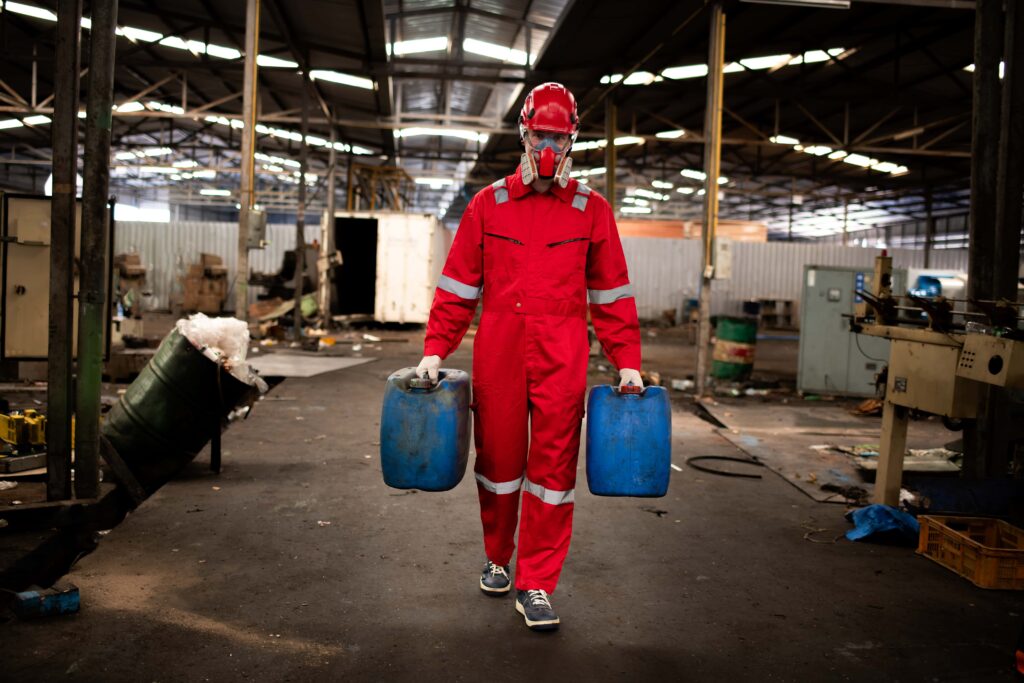
From Head to Toe: A Comprehensive Guide to Full-Body Protection with PPE In today’s industrial landscape, ensuring the safety and well-being of workers is not just a priority—it’s an imperative. Personal Protective Equipment (PPE) is the frontline defense against a myriad of workplace hazards. To truly protect workers, a comprehensive approach to full-body protection is […]
Understanding the Costs of Improper PPE Use: Key Statistics

In the centre of a busy city lies a manufacturing plant known for its fast pace and rigorous demands. The plant, a well-oiled machine, relies on the synchronization of its workforce and their unwavering commitment to safety. Yet, there lurked a hidden danger—accidents due to the improper use of Personal Protective Equipment (PPE). A seasoned […]
PPE Lifespan: Understanding and Maximizing the Durability of Your Safety Gear
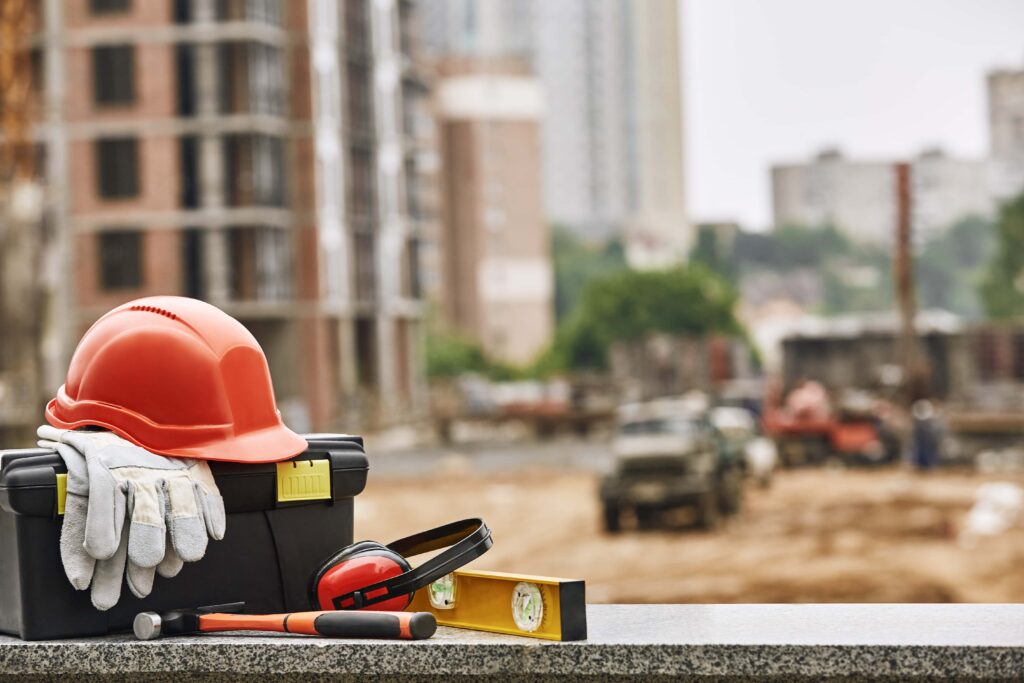
PPE Lifespan: Understanding and Maximizing the Durability of Your Safety Gear Ensuring the safety of workers in hazardous environments hinges not only on the selection of appropriate Personal Protective Equipment (PPE) but also on understanding and maximizing its lifespan. Proper maintenance and timely replacement of PPE can significantly enhance its effectiveness and durability, safeguarding employees […]
Custom PPE Solutions for Your Industry Needs
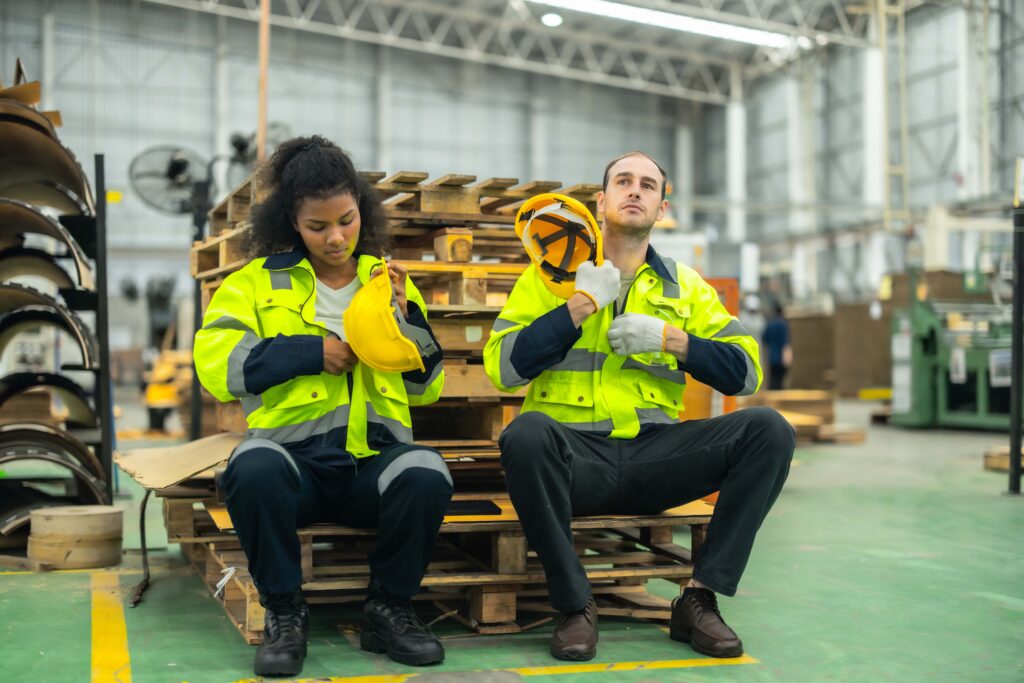
A large manufacturing plant is grappling with a significant challenge. Despite their stringent safety protocols, accidents and near-misses were becoming alarmingly frequent. The plant manager knew something had to change. They realized that while their Personal Protective Equipment (PPE) was state-of-the-art, it wasn’t tailored to the specific needs of their diverse workforce and varied tasks. […]
Innovations in PPE: Exploring Advances in Material Science and Design for Enhanced Protection and Comfort
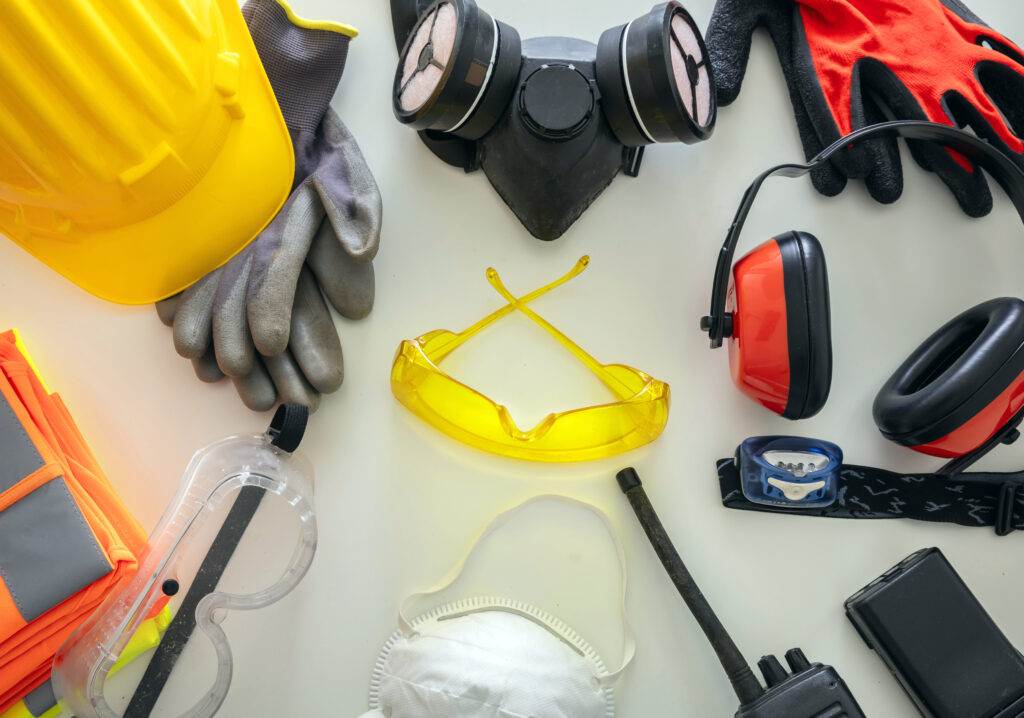
Introduction Personal Protective Equipment (PPE) is constantly evolving to meet the needs of workers in various industries. Advances in material science and design have led to innovations that enhance both the protection and comfort offered by PPE. This article explores the latest advancements in PPE, focusing on the application of new materials and designs. By […]
Overcoming Common Obstacles in PPE Use: Addressing Misconceptions and Non-compliance Among Workers

Introduction The proper use of Personal Protective Equipment (PPE) is crucial for ensuring worker safety. However, organizations often face challenges related to misconceptions and non-compliance among workers. Overcoming these obstacles is essential to establish a strong safety culture and minimize the risk of workplace incidents. This article addresses common obstacles in PPE use, such as […]
PPE for Specific Hazards: Detailed Insights into Equipment for Chemical, Electrical, and Biological Risks
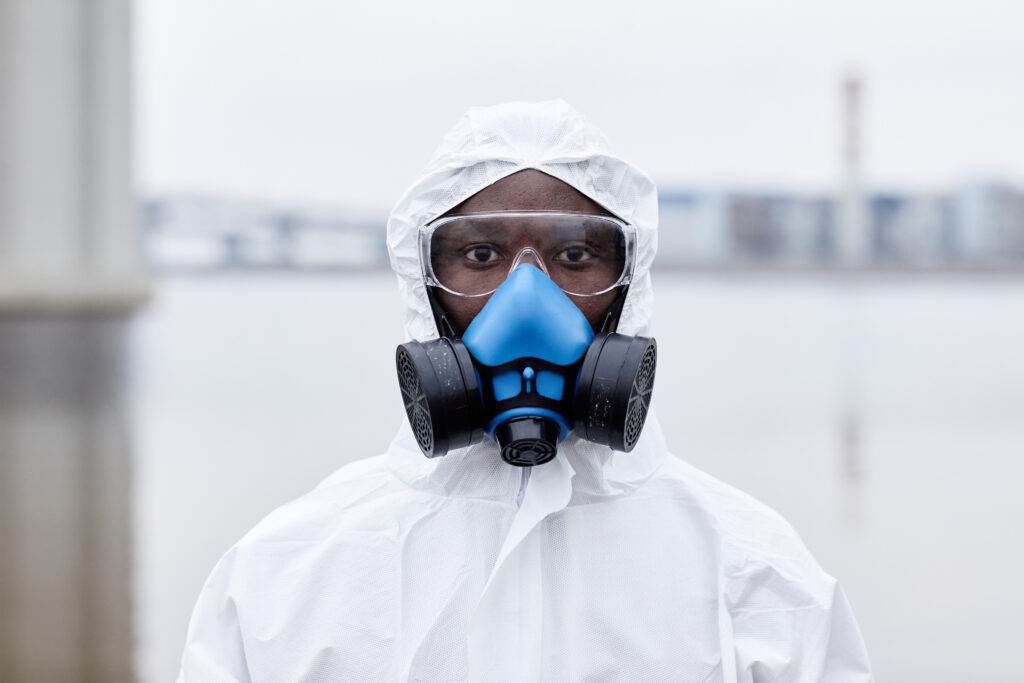
Introduction Personal Protective Equipment (PPE) plays a crucial role in protecting workers from specific hazards, such as chemical exposures, electrical risks, and biological contaminants. Understanding the appropriate PPE for these hazards is essential for ensuring worker safety. This article provides detailed insights into the equipment commonly used for chemical, electrical, and biological risks. By implementing […]
Understanding and Complying with PPE Standards: Navigating OSHA Regulations and Other Safety Guidelines

Introduction Personal Protective Equipment (PPE) is a crucial component of workplace safety, providing protection against various hazards. To ensure the effectiveness of PPE, it is essential to understand and comply with the relevant standards and regulations. This article focuses on the importance of understanding and complying with PPE standards, particularly those set by the Occupational […]
Choosing the Right PPE: Aligning Equipment with Workplace Hazards
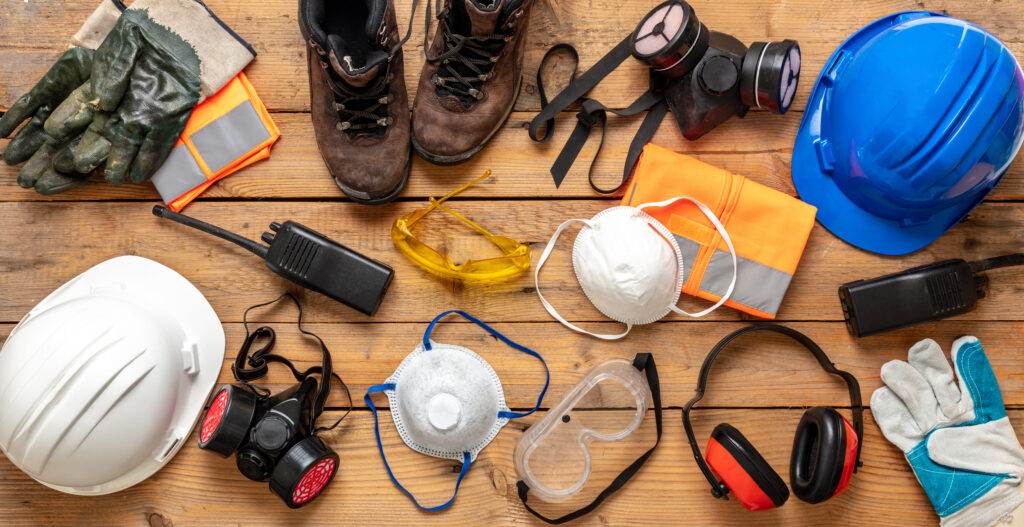
Introduction Personal Protective Equipment (PPE) plays a critical role in ensuring worker safety by providing a physical barrier against job hazards. However, the effectiveness of PPE depends on selecting the right equipment that matches the specific job hazards. This article emphasizes the importance of properly selecting PPE and explores strategies for matching equipment to job […]

